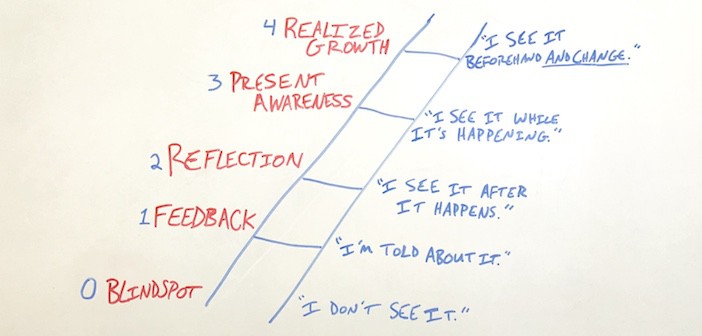If you drank a Coca-Cola over the past few weeks, you probably noticed a major difference with the can. In a partnership with the World Wildlife Fund, Coke has been served in all white cans in an attempt to increase consumer focus on the protection of the habitat of polar bears. However, this week, Coke announced that it is ceasing production of the white cans over 3 months sooner than planned. The reason? Many consumers object to the company’s use of anything beside the iconic red color. To many of us, this seems slightly ridiculous. But it is evidence of the strong brand that Coke has developed for itself. Both the red color and script logo (used since 1886) are iconic representations of the organization all around the world. They are no longer just a color and font, but symbols of something much greater to consumers of their products.
.
This occurrence is a great illustration of the value of a brand to any organization. A strong brand serves as a symbol of your vision, communicating it in ways that words never could. It also communicates unity and alignment throughout the organization as various departments and programs are visually united. Yet many churches struggle to develop and maintain a clear brand. Many feel like it is a project that cannot be handled without a well-staffed media department, or at least full-time designer. However, there are a few things that any-sized organization can do to begin building a brand that will contribute to and support its growth over time.
.
1. Identify one solid logo
.
Too often, churches have 2-3 different logos in use, preventing any of them from becoming truly iconic. One logo should provide a simple, clear representation of your vision. Many churches lack a solid logo and need to develop a new one utilizing internal talent or an external designer (I would love the chance to recommend a few). Once this logo is identified or developed, use it on everything. This artwork is the unifying factor of every publication and should only be excluded with very rare exception.
.
2. Set a color palette
.
This palette provides a set of colors pre-approved for use on your publications. If you can, designate some portions of the palette for use by specific departments or programs, making them easily distinguishable. The palette should utilize and compliment the colors in your logo. It should also involve enough colors to offer variety yet not so many that it seems like “any color goes”. I would suggest starting with 5-8 depending on your organization and the variety of publications you create. Be sure to communicate this palette through the use of a color code (CMYK, RGB, Pantone, etc.) to ensure consistency.
.
3. Set a font palette
.
Similar to a color palette, this provides a set of pre-approved fonts for use in all publications (from large signs to mailing labels) for the sake of consistency and quality design. Again, I would suggest starting with around 5 and expanding from there if necessary.
.
4. Develop publication templates
.
Templates ensure that everything you produce is laid out in a way that is visually appealing. If you do not have a professional designer in your organization, these are of great importance. Not all eyes are created equal and some people have difficulty seeing how things best look on a page. Publication templates overcome this by designating specific spaces for pictures, text, summaries, and of course, your logo. Basic document types that should have templates include bulletins, posters, and 1/4 page (5.5″x4.25″) cards. In short, any document type that is used occasionally a few or more areas of your organization should have template options provided.
.
5. Determine organizational vocabulary
.
If you look closely at your publications over time, you will likely find that you have used a variety of terms in reference to the same items. For example, on Sunday mornings, do you have a “service”, “church service”, “worship service”, “gathering”? Our the people involved with your church called “members”, “a congregation”, “a body”, “a community”? Take time to identify the specific words that are the best expressions of who you are and what you do. Then make sure everyone on the team uses consistently.
.
6. Identify a design gatekeeper
.
If your organization does not have a central graphic designer, you need a single design gatekeeper. Identify the individual on your team with the best eye for graphic design and give her the responsibility of reviewing and approving (or disapproving) all published materials before they are produced and circulated. Her approval should be required of everyone, even the senior pastor. Doing so will ensure that every item represents your organization well and that unity of design is maintained across all departments.
.
7. Identify a copy gatekeeper
.
“Copy” refers to the text written for your publications. Each individual within your organization writes with a different level of ability along with a different style. A copy gatekeeper rewrites everything to ensure that all publications are well-written with a similar “voice”. Over time, attenders of your church will be able to recognize if an item is not written by your gatekeeper because “it just doesn’t sound like us.” Utilizing a copy gatekeeper is essential to a consistent presentation of your organization and its vision over time.
.
Developing a strong brand is vital to the presentation of your organization. These are just a few ways for any church, regardless of size, to begin the process. What are some other methods that you have found helpful?
.
Additionally, many of these items focus on graphic design. If you feel the need to seek external talent, I would love the chance to recommend a few very gifted individuals.



